
Behind every good Gunpla paint job is a solid coat of primer.
Paint primer, or primer for short, is a solid-colored undercoat you paint before you paint in order to make sure the paint sticks to and looks great on your finished project.
If you’re serious about painting Gunpla, you’ve probably heard people talking about primer. Here at Gunpla 101, when we have questions we turn to our contributor Nanochi. Nanochi is a Gunpla builder in Texas who is so talented, she builds commissioned custom Gunpla for clients!
We asked Nanochi to tell us a little about her paint priming process. It turns out that the way Nanochi does it, primer doesn’t only make the paint stick better, it can also affect the hue and vibrancy of the final paint coat. Here’s her introduction to primer:
“Why should I use primer?”
That’s the most common question I get when people start painting. Today, I hope to answer this question and explain how priming can benefit your future projects.
But what is primer? A primer is a preparatory undercoat put on materials before painting. Priming ensures better adhesion of paint to the surface, increases paint durability, and provides additional protection for the material being painted.
In short, primer is a sort of paint that bonds to the material, making other paints hold on better. There are many different types of primers and many different brands for hobby painting. For this tutorial I will be focusing on Vallejo primer, as straight out of the bottle it can be used for airbrushing. However, if you don’t have access to Vallejo, the results tend to be the same from other companies if you follow the steps on the can.
When it comes to modeling, not only does primer help paint better stay on the kit, but it also influences the top coat’s color. In this tutorial, I’ve painted some ordinary plastic spoons (great for testing paint and primer before using it on your models!) in the three main colors of primer that modelers use: white, grey, and black.

It should be noted Vallejo has around 20 different colored primers, more than any other hobby paint company, but these are the ones I use for modeling.
White primer: I use this for very light colors. I may also use this to give a matte look to the topcoat (because white reflects the most amount of light of all the colors, giving it a duller, or more matte, look). Also helps to show a paint’s true hue.
Grey primer: A neutral color that gives paint a semi-gloss finish. Makes colors painted over it look more natural.
Black primer: A primer that absorbs light, making colors brighter. This brings out intensity and shine in the color that is painted over it.
Black gloss primer: The best primer used for metallic colors, has a gloss finish to help metallic colors stick better and reflects the colors. In the photo at the top of this article, I use a black gloss primer before painting metallics on the thrusters for the Perfect Grade Gundam Mark II.
Why did I put two kinds of black primer? Because black gloss primer saves you a step when you’re working with metallic colors. If you want metallics to look their best, you want to either use a black primer followed by gloss black paint—or just black gloss primer to save time.

Personally I tend to use grey primer for my parts as it’s the most flexible. It works for both light and dark colors.
A few tips:
- Black primer is great for character models and miniatures as it gives a natural shadow to crevices and corners that are hard to reach.
- Pearlescent paint (that’s shimmery) works best with a white primer.
- No matter what color primer you’re using, ALWAYS make sure all your parts are clean and dry. This is especially important for resin and metal parts—otherwise paint will just rub off. I put them in a sonic jewelry cleaner with a little dish soap.
Primer creates a porous, “sticky” surface on top of the smooth plastic of most Gunpla parts. Without primer, paints will not stick to parts as well as they can, and over time the paint will chip off and become damaged. With primer, your models are not only protected, but your paint job is as bright and beautiful as it can be.
Painting is hard work. Why not go the extra mile and make sure it lasts longer? It may be a little more effort at first, but using a primer always pays off.
If you’d like to commission Nanochi to build a custom Gunpla kit for you, contact her here.
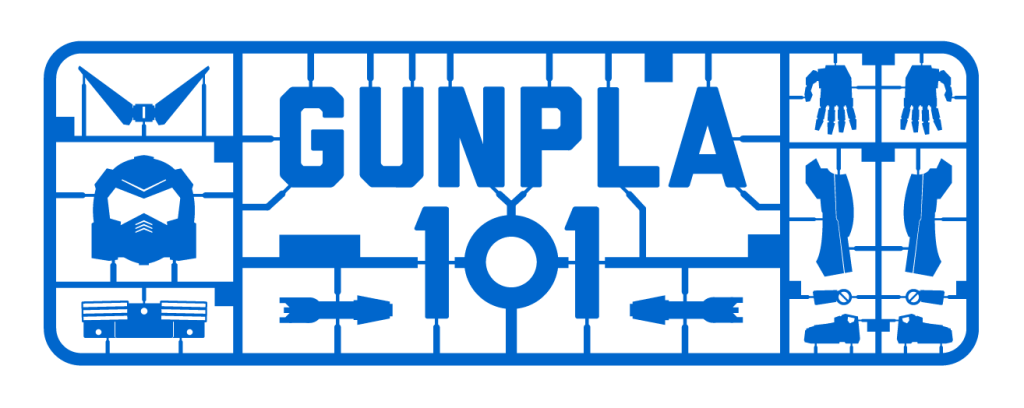

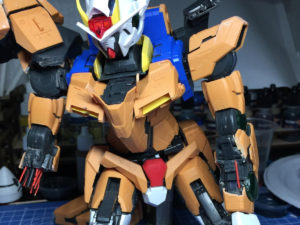
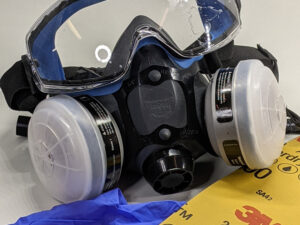
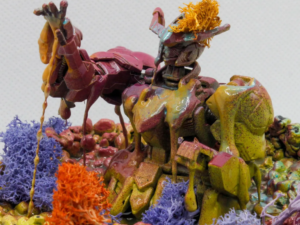
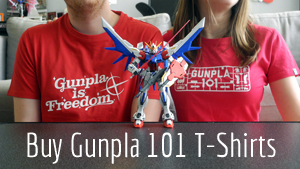
9 Comments.
Priming is also a good way to check if you’ve fixed all the seam lines and nub marks, and check if the surface is generally smooth. If you don’t prime first and a seam line shows up after painting, it’s much more of a head ache to fix it.
That is very true, something I forgot to mention. Its very helpful on resin kits the most as it will show you mistakes.
Amazing work! Glad i stayed subscribed!! I have to say milky, im a very stubborn guy but gosh darn if this is not the article that finally convinced me to use primer. I was always on the fence about weather I really needed it, especially since i dont trust myself with cleaning an airbrush so i have been brushing on thinned enamel paint for glossy parts and regular acrylic for the matte, I always figured that just adding an extra layer of paint would be good enough as primer but you have convinced me!
Is it ok to brush on primer or should i just switch to cans for my enamel painting? (i was thinking of trying out the testers One step or One touch glossy i think its called)
Thanks again!!!
Actually, primer helps a lot if you’re brushing on paint. Paint sticks much better to primer than it does to plastic, so it’s easier to brush on primer. The big advantage of an airbrush (or cans) over a brush, is that it’s easier to get a smooth coat. But with some practice, you can achieve similar results with a brush.
I cant wait to try out the enamel cans, i just hope they pack as much color as the liquid enamel though, so worth wearing the 3m mask! i will stick to brushing just acrylic and the odd effect or chrome piece in enamel.
So i can just get acrylic primer and just brush it on for acrylic paint?
you definitely can. its best to use the primer that you want your main paint to stick to, lacquer for lacquer, acrylic for acrylic ect. Vallejo brand as mentioned above has the largest variety of primer colors for different effects and in my opinion, is great for brushing on. You can even get small sample bottles to try with, these you would find at hobby shops for miniatures for the tiny bottles or online.
Thank you! i personally use Vallejo myself for acrylic since they dry very matte and the dropper style is really helpful and saves me a lot of cleanup! they also have a few dif lines so lots of lots of colors to chose from! I use model masters or testers for enamel since tamiya is just so darn expensive!
You certianly can brush on primer, but if you do use a bit of thinner agent so thats its thin to not leave streaks. Personally i would suggest to use an airbrush or can primer for a even coat, but you can do everything with hand painting as well asn still get as good a result.
Learn new stuff everyday. Thanks for sharing this. Now to buy some primers haha 🙂